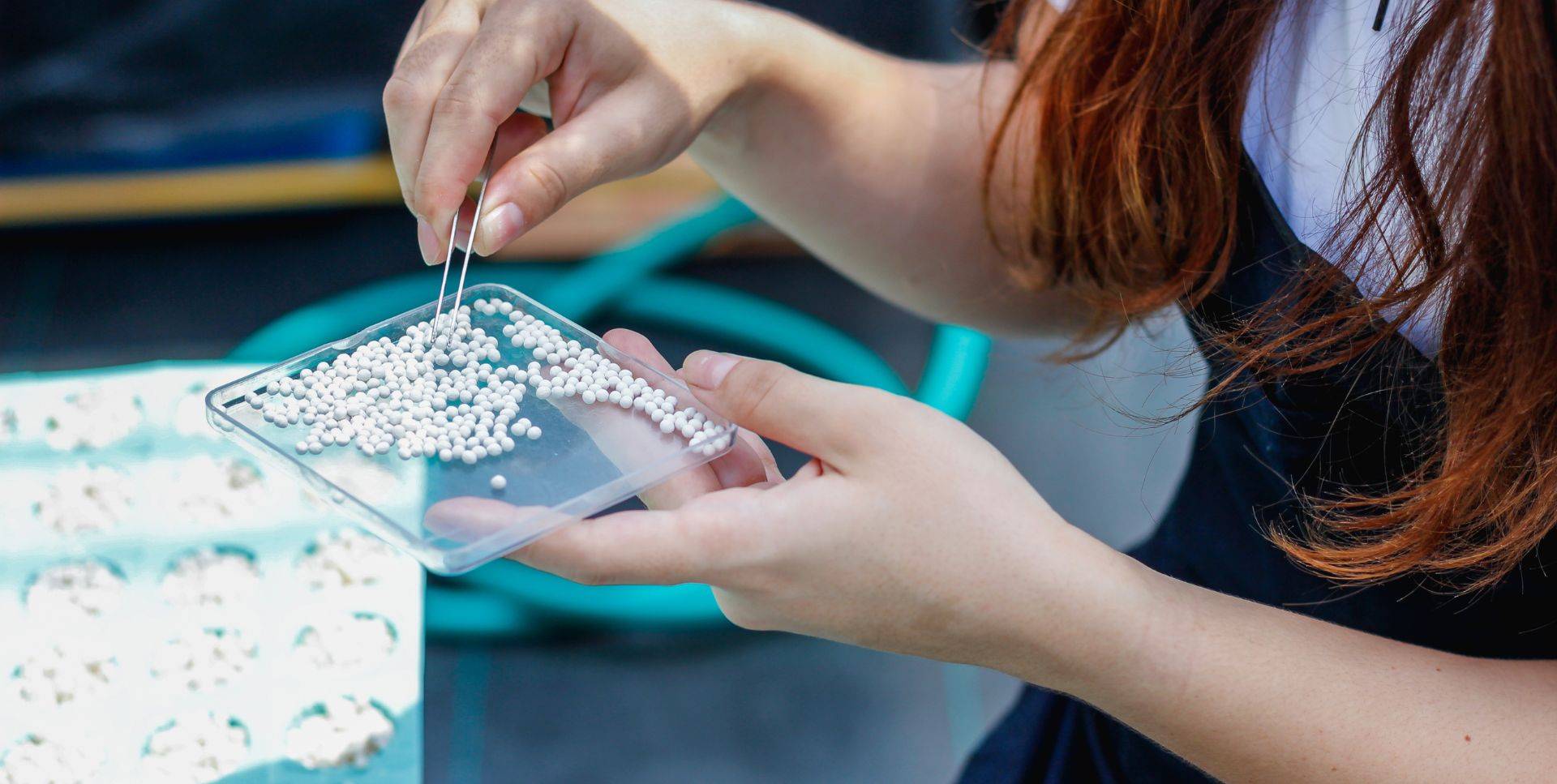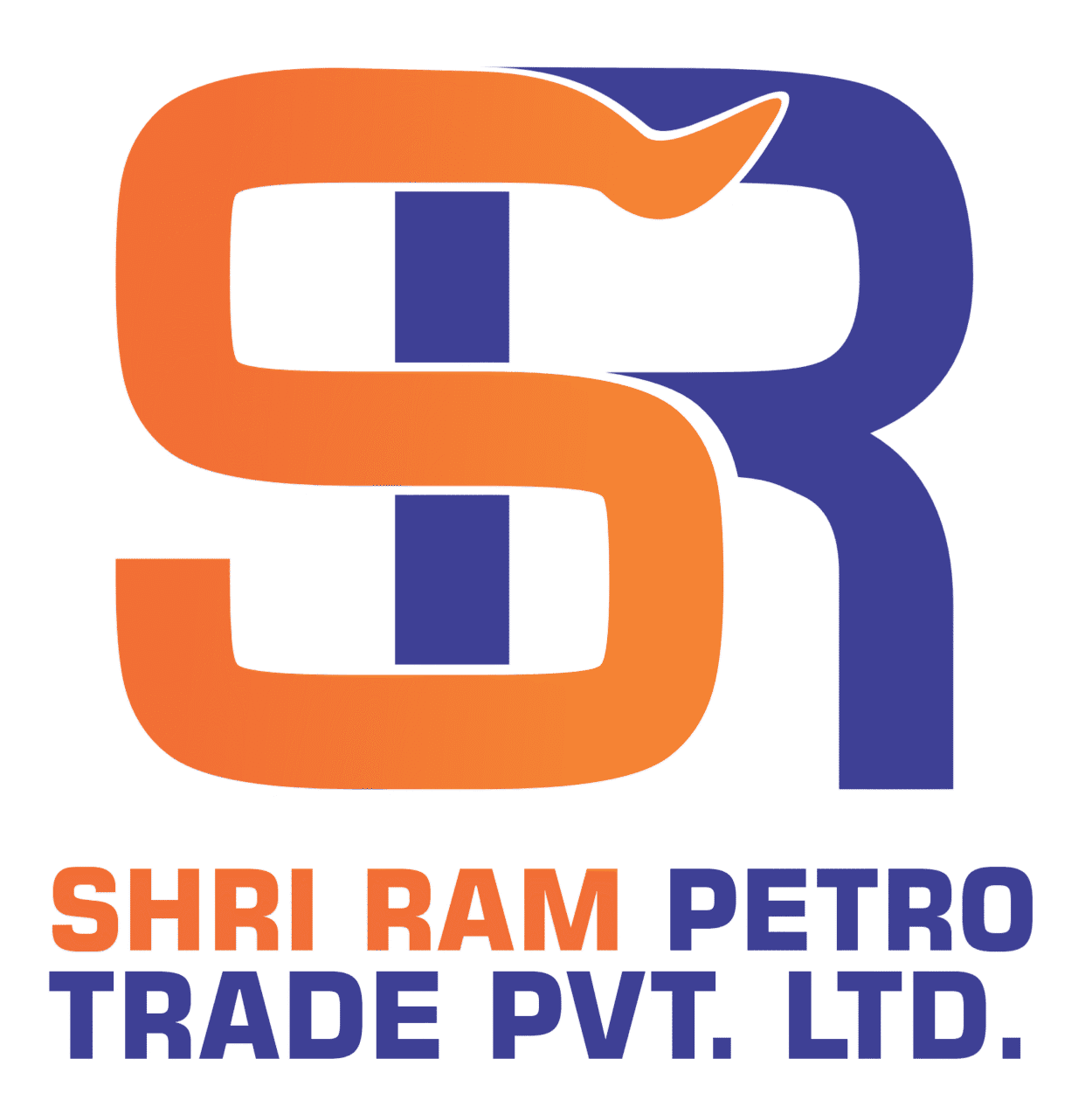
Making the Right Choice for Clear Plastic Components when it comes to manufacturing clear plastic components, choosing the right polymer can have a significant impact on product performance, appearance, and cost. Two popular materials that often compete in this space are Styrene Acrylonitrile (SAN) and General Purpose Polystyrene (GPPS). Both offer high clarity and aesthetic appeal, but their technical properties and ideal use cases differ in critical ways.
This blog will walk you through a detailed SAN material comparison with GPPS to help you make informed decisions when selecting transparent plastic resins for your products.
Visual Clarity and Aesthetic Appeal
Both SAN and GPPS are prized for their high clarity, making them suitable for products where visual presentation is key—such as cosmetic containers, kitchenware, lab items, and display components.
- GPPS offers crystal-clear transparency and excellent gloss, making it a popular choice for cost-effective packaging and disposable items.
- SAN, while also clear, features slightly better chemical resistance and a bluish tint that gives it a premium glass-like appearance. This makes it ideal for high-end kitchenware and durable consumer products.
In short, for low-cost visual clarity, GPPS is a winner. For enhanced aesthetics with performance, SAN has the edge.
Chemical and Thermal Resistance
One of the biggest factors in choosing between SAN vs GPPS is how the material performs under heat and exposure to chemicals.
- SAN has better resistance to oils, alcohols, and diluted acids, which makes it suitable for items like blender jars, water filter housings, and cosmetic packaging.
- GPPS does not perform well in chemical environments and is generally limited to dry or low-contact applications.
Thermally, SAN is also more stable, handling higher temperatures (up to 100°C) without deforming. GPPS is best kept below 85°C for optimal performance.
If your product needs to withstand dishwashing, heat, or chemical exposure, SAN is the more suitable choice.
Impact Strength and Durability
Though neither SAN nor GPPS is intended for high-impact applications like ABS or PC, SAN does offer better toughness.
- SAN resists cracking and shattering better than GPPS, making it a safer choice for products that will be reused or handled frequently.
- GPPS, on the other hand, is more brittle and prone to cracking under mechanical stress, which is why it’s often used in disposable or single-use applications.
For manufacturers concerned with long-term durability and consumer safety, transparent plastic resins like SAN present a more reliable option.
Ease of Processing
Both materials are relatively easy to process through injection molding and extrusion, though there are a few technical distinctions:
- GPPS has a lower melt viscosity, which makes it easier to fill thin-wall molds and manufacture lightweight products at high volumes.
- SAN requires slightly higher processing temperatures but provides more consistent part dimensions and better resistance to warping.
In automated or precision molding environments, SAN offers a performance advantage despite its slightly more complex processing profile.
Cost Considerations
Cost is often a decisive factor in material selection. GPPS is generally more economical than SAN, especially for large-scale, disposable applications. However, the superior performance of SAN in demanding environments can justify the added expense when product longevity, safety, or aesthetics are priorities.
For manufacturers, the key is to match the resin’s properties with the application’s requirements—not just go by price alone.
Typical Applications
| Application | Recommended Material |
|---|---|
| Disposable cosmetic trays | GPPS |
| Blender jars and mixers | SAN |
| Transparent stationery | GPPS |
| Cosmetic packaging jars | SAN |
| CD/DVD cases | GPPS |
| Medical test tubes (non-chemical) | GPPS |
| Water filter housing | SAN |
Conclusion
Choosing between SAN vs GPPS isn’t about which material is universally better—it’s about selecting the right resin for your specific needs. If you’re producing high-volume, cost-sensitive items that require basic transparency, GPPS is a solid choice. But if your application demands chemical resistance, higher heat tolerance, or extended durability, SAN offers a more advanced solution.
By understanding this SAN material comparison, manufacturers can confidently select the best transparent plastic resins for their next product line.
